Expansion of the Construction Industry
The glass fiber-reinforced-concrete market is poised for growth due to the expansion of the construction industry in the US. With a robust economy and increasing population, the demand for residential, commercial, and industrial buildings is on the rise. The construction sector is projected to grow at a CAGR of around 5% over the next few years, driven by factors such as urban development and housing shortages. This expansion creates a favorable environment for the adoption of advanced materials like glass fiber-reinforced concrete, which can enhance the aesthetic appeal and structural integrity of new constructions. As the construction industry continues to flourish, the glass fiber-reinforced-concrete market is likely to experience a corresponding increase in demand, driven by the need for innovative and high-performance building materials.
Growing Awareness of Environmental Impact
The glass fiber-reinforced-concrete market is influenced by the increasing awareness of environmental impacts associated with construction practices. As stakeholders become more conscious of sustainability, there is a shift towards materials that minimize ecological footprints. Glass fiber-reinforced concrete, known for its recyclability and lower carbon emissions during production, aligns well with these sustainability goals. Recent surveys indicate that approximately 70% of construction professionals in the US prioritize eco-friendly materials in their projects. This growing awareness is likely to drive demand for glass fiber-reinforced concrete, as it offers a viable solution for reducing environmental impact while maintaining structural performance. The market is expected to expand as more companies adopt sustainable practices and seek materials that contribute to green building certifications.
Technological Innovations in Material Science
The glass fiber-reinforced-concrete market is benefiting from ongoing technological innovations in material science. Advances in manufacturing processes and material formulations are enhancing the performance characteristics of glass fiber-reinforced concrete, making it more appealing to architects and engineers. Innovations such as improved fiber distribution and enhanced bonding techniques are leading to products with superior strength and durability. The market is projected to grow as these technological advancements become more widely adopted in construction practices. Furthermore, the integration of smart technologies into construction materials is likely to create new opportunities for the glass fiber-reinforced-concrete market, as stakeholders seek solutions that offer both performance and intelligence in structural applications.
Increased Investment in Infrastructure Projects
The glass fiber-reinforced-concrete market is likely to see substantial growth driven by increased investment in infrastructure projects across the US. Government initiatives aimed at enhancing transportation networks, bridges, and public facilities are expected to boost demand for advanced construction materials. The US government has allocated significant funding for infrastructure improvements, with estimates suggesting an investment of over $1 trillion in the coming years. This influx of capital is anticipated to create a favorable environment for the adoption of innovative materials like glass fiber-reinforced concrete, which can enhance structural integrity and reduce overall project costs. As infrastructure projects ramp up, the glass fiber-reinforced-concrete market stands to gain from the heightened focus on efficiency and performance in construction.
Rising Demand for Durable Construction Materials
The glass fiber-reinforced-concrete market is experiencing a notable increase in demand due to the growing preference for durable construction materials. As urbanization accelerates in the US, the need for long-lasting infrastructure becomes paramount. Glass fiber-reinforced concrete offers superior strength and resistance to environmental factors, making it an attractive option for builders and contractors. According to recent estimates, the market for durable construction materials is projected to grow at a CAGR of approximately 6% over the next five years. This trend indicates a shift towards materials that not only meet aesthetic requirements but also provide longevity and reduced maintenance costs. Consequently, the glass fiber-reinforced-concrete market is poised to benefit from this rising demand, as more construction projects prioritize durability and sustainability in their material choices.


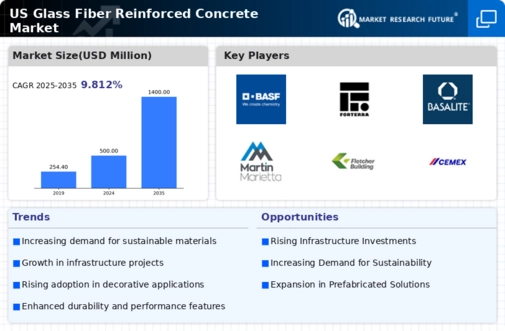
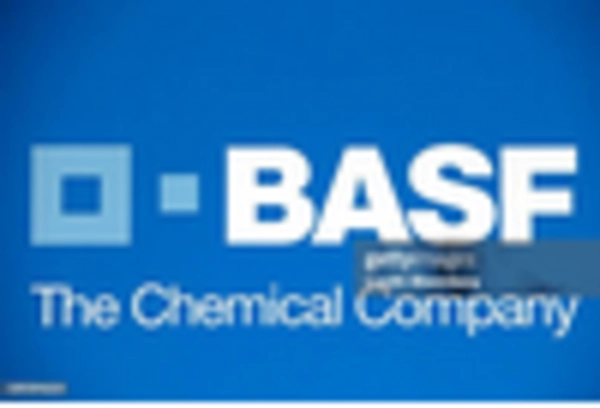
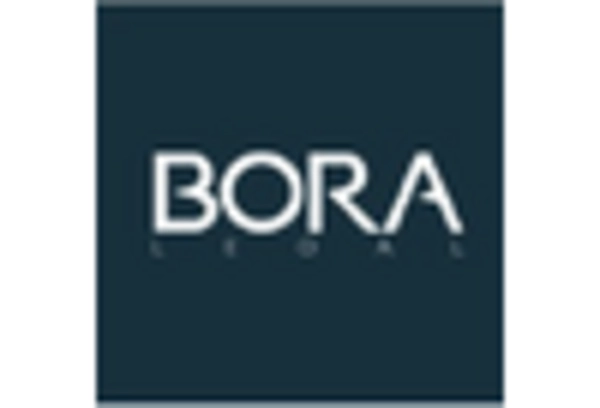
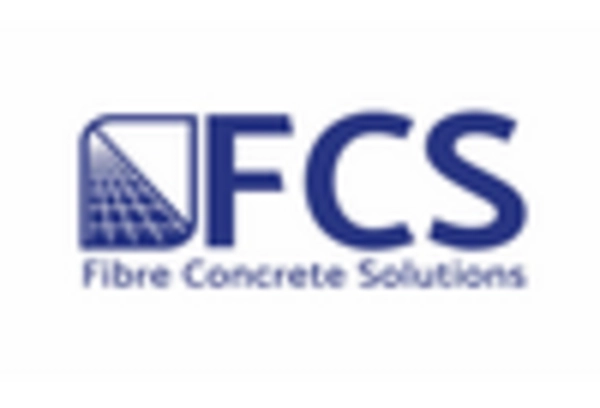
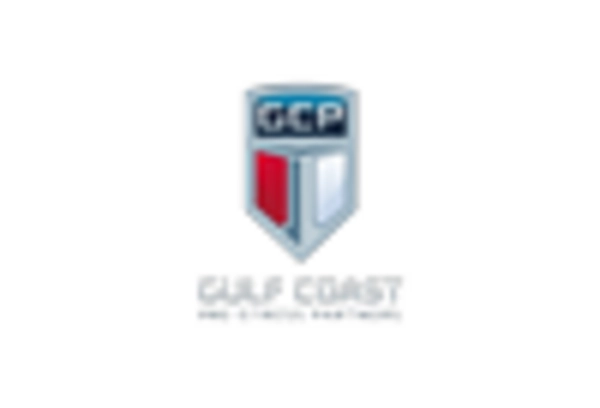
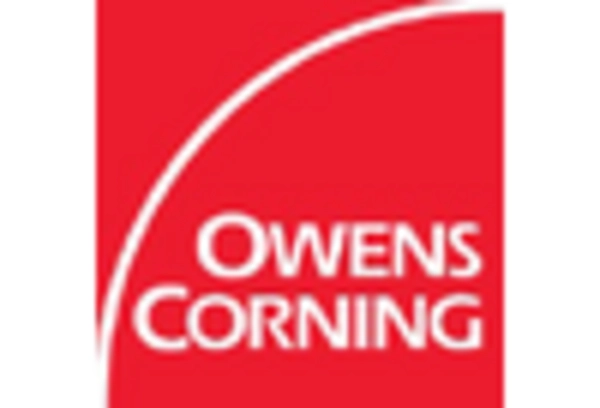
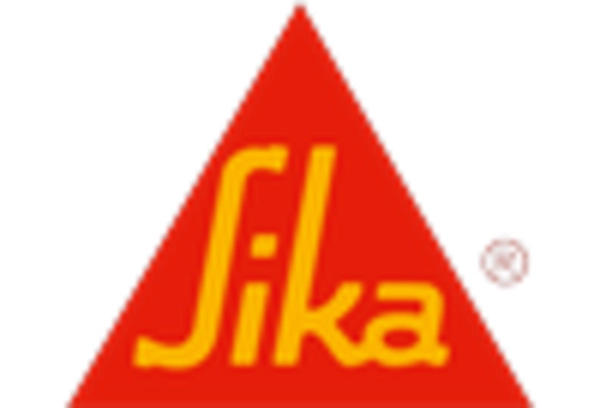








Leave a Comment